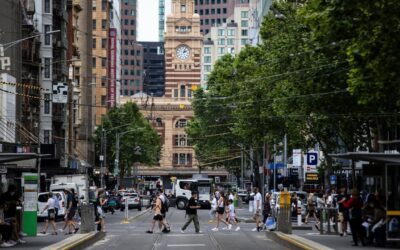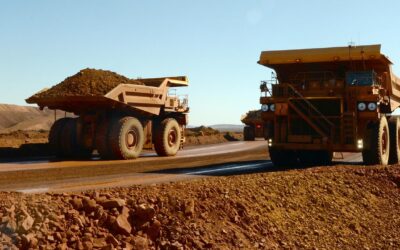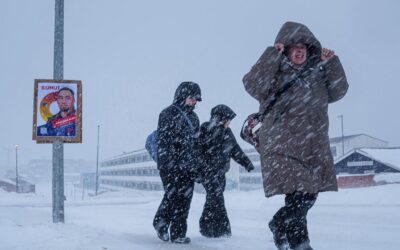Sorry, that’s old news…
You’ve found an older news story. We delete stories from our AAP News Feed after two months. But fear not, here’s today’s news!

US employers add a modest 50,000 jobs to cap a year of weak hiring although the country's unemployment level fell ...

The popularity of urban living is expected to flourish in Australia in the coming decades, with growth ...

Current talks involve Rio Tinto acquiring Glencore in an all-share transaction that would create the world's ...

As a royal commission into anti-Semitism is confirmed, there is clear evidence about the kinds of recommendations ...

As a royal commission into anti-Semitism is confirmed, there is clear evidence about the kinds of recommendations ...
Australians have been warned to prepare for scorching weather and possible bushfires as a heatwave lingers in ...

The head of the opposition Naleraq party has urged direct talks between US officials and representatives of ...

A five per cent deposit guarantee is helping first homebuyers into the market - but ensuring they pay more for the ...
No results found.
Background image courtesy victoriancollections.net.au